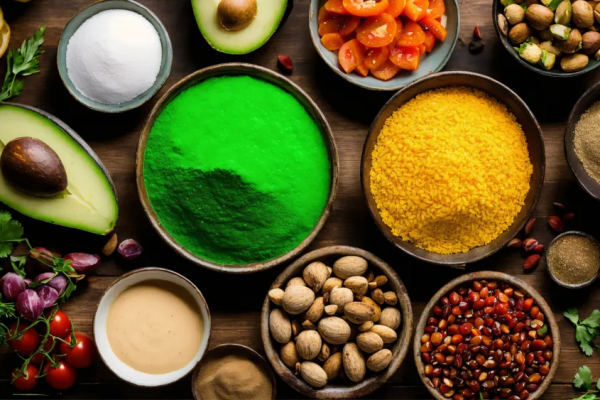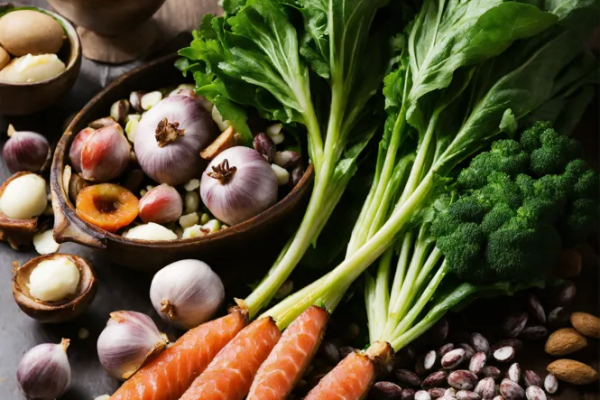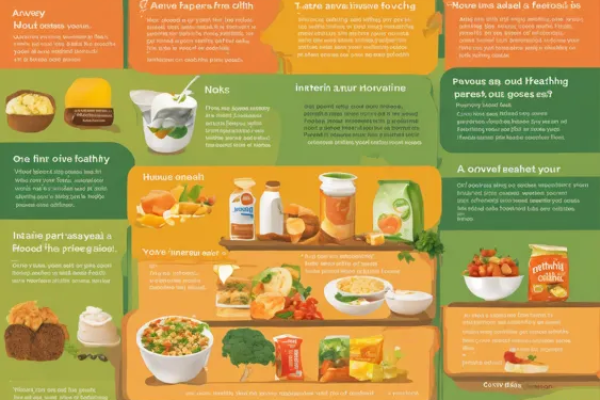
Superfoods are foods that are nutritionally dense and provide substantial health benefits. As health consciousness rises, superfoods are becoming increasingly popular. People want foods that not only taste good, but also make them feel good.
The superfood industry has boomed in recent years and is expected to grow exponentially in the coming decade. New superfoods emerge every year, offering unique nutritional profiles. Health-conscious consumers actively seek out the latest superfood arrivals.
Why Superfoods Are Trending
Several cultural shifts have fueled the superfood movement:
Healthism
“Healthism” describes society’s obsession with health optimization. Consumers have an increased awareness of nutrition’s impact on longevity, appearance, and quality of life. The superfood industry capitalizes on people’s desire to maximize health through diet.
Plant-Based Eating
Vegan, vegetarian, and flexitarian diets are surging in popularity. Plant-based eaters value superfoods for their superior nutritional density. Things like chia, spirulina, and hemp offer complete, meatless proteins.
Clean Eating
The clean eating movement emphasizes whole, unrefined foods over processed fare. Superfoods fit the criteria perfectly – they provide nutrients in their purest state. Clean eaters believe superfoods promote detoxification and healthy body weight.
Social Media
Instagram and recipe blogs have heightened public interest in beautiful, colorful foods. Superfoods like golden turmeric, avocado toast, and açaí bowls photograph like culinary works of art. Their photogenic quality makes them mainstream social media darlings.
Hottest Superfood Contenders
Many exotic superfoods are crossing over from obscurity to widespread popularity. Keep an eye out for these up-and-coming nutritious edibles:
Lucuma
Lucuma is an exotic fruit from Peru praised for its sweet maple-like flavor. Often sold in powdered form, lucuma contains anti-inflammatory antioxidants, vitamin C, iron, and fiber. Use it to sweeten smoothies, yogurt, oatmeal, or coffee.
Camu Camu
Camu camu is a cherry-sized fruit grown in Amazonian rainforests. It has the highest natural vitamin C content of any food on earth – over 3,000% of your RDA per serving! This tropical berry also wields powerful antibacterial and anti-inflammatory benefits.
Tiger Nuts
Despite their name, tiger nuts are actually a small root vegetable grown in Africa and Spain. With their sweet, nutty flavor, they make a delicious dairy-free milk alternative. Tiger nuts offer a trove of nutrients like vitamin E, magnesium, calcium, and resistant starch.
Hanza
This antioxidant-packed Amazonian leaf makes a kick of flavor and nutrition. Traditionally used in tea, hanza contains more vitamin C than limes, more iron than spinach, and all 9 essential amino acids. Its pleasant, grassy taste is growing in demand.
Sacha Inchi
Hailing from Peru, the sacha inchi seed yields one of the richest plant-based sources of omega 3s. Heart-healthy omega 3s combat inflammation to alleviate arthritis, hypertension, high cholesterol, and more. Sacha inchi’s mild, nutty flavor lends well to shakes, granola, trail mixes, and energy bites.
Sprouted Seeds/Beans
Sprouting greatly enhances a seed’s nutrition, digestibility, and enzyme content. Sprouted superstars like mung beans, lentils, chickpeas, and quinoa pack a major punch of protein, fiber, vitamins, and minerals. Blend them into smoothies, tacos, burgers, soups – anything goes!
Innovative Superfood Products
In addition to whole foods, we’re seeing superfood extracts incorporated into more consumable products than ever:
Superpowders
Superpowders like cacao, maca, reishi mushroom, and greens powders make nutrient-dense additions to shakes, baked goods, and smoothies. Their ultra-fine consistency blends seamlessly into liquids for a quick nutrition infusion.
Super-fortified Foods
Look for things like protein bars, granolas, nut butters, and snack chips fortified with currants, spinach, blueberries, ginger, turmeric, and other superfoods. These functional foods cram extra nutrients into products you already eat daily.
Adaptogen Elixirs
Adaptogens like ashwagandha, astragalus, and holy basil help the body resist stress and regulate hormones. Drinkable adaptogen tonics, lattes, teas, and broths are gaining steam for their soothing, energizing qualities.
Beauty Foods/Drinks
Collagen peptides, biotin, hyaluronic acid, vitamin C and E have crossed over from the supplement aisle to beauty and beverage products. Smoothies, waters, nut milks, and juices now cater to beauty-conscious buyers seeking anti-aging skin, hair and nails.
Functional Beverages
The beverage aisle hosts an ever-widening selection of superfruit juices, probiotic tonics, antioxidant lemonades, and phytonutrient cocktails. Cold-pressed varieties retain maximum micronutrients. Adaptogenic lattes and matchas also trend strong.
Future Superfood Forecasts
The superfood space will continue evolving exponentially in coming years. Expect to see these edible health trends shape the industry:
Diverse Greens
Beyond standard spinach and kale, vibrant green superfoods like moringa, spirulina, chlorella, parsley, nettle, dandelion, and alfalfa will become dietary staples. These anti-inflammatory herbs fight disease while satisfying sweet and savory cravings.
Ancient Grains
Forgotten ultra-nutritious grains like amaranth, teff, spelt, millet, farro, and sorghum are making modern comebacks. Packed with fiber, protein and antioxidants, these gluten-free whole grain alternatives replace rice, wheat and corn.
Synergy Food Pairings
We’ll see certain food pairings favored for their synergistic health effects. Pairings like turmeric + black pepper, beet + ginger, and camu camu + bioflavonoids yield enhanced anti-inflammatory and antioxidant results.
Climatarianism
The “climatarian” movement emphasizes planet-friendly food choices with low environmental impact. Look for superfoods with sustainable water and land use – like cactus, mesquite flour, or aquatic vegetables. Their eco-conscious production helps mitigate climate change.
Personalized Nutrition
Custom nutrition plans based on genetics, biomarkers, health conditions and goals will dictate superfood choices. For example, those with iron deficiency might favor moringa and lentils, while heart health seekers stress walnuts and flax. Personalization maximizes results!
Superfoods Are Here To Stay
Superfoods are far more than just passing health fads – they reflect profound, lasting nutritional shifts. These wholesome, ethical eats build better brains and bodies while benefiting the earth. Harnessed correctly, nature’s edible medicines hold profound healing potential. The future looks bright for superfoods to transform health outcomes worldwide!




